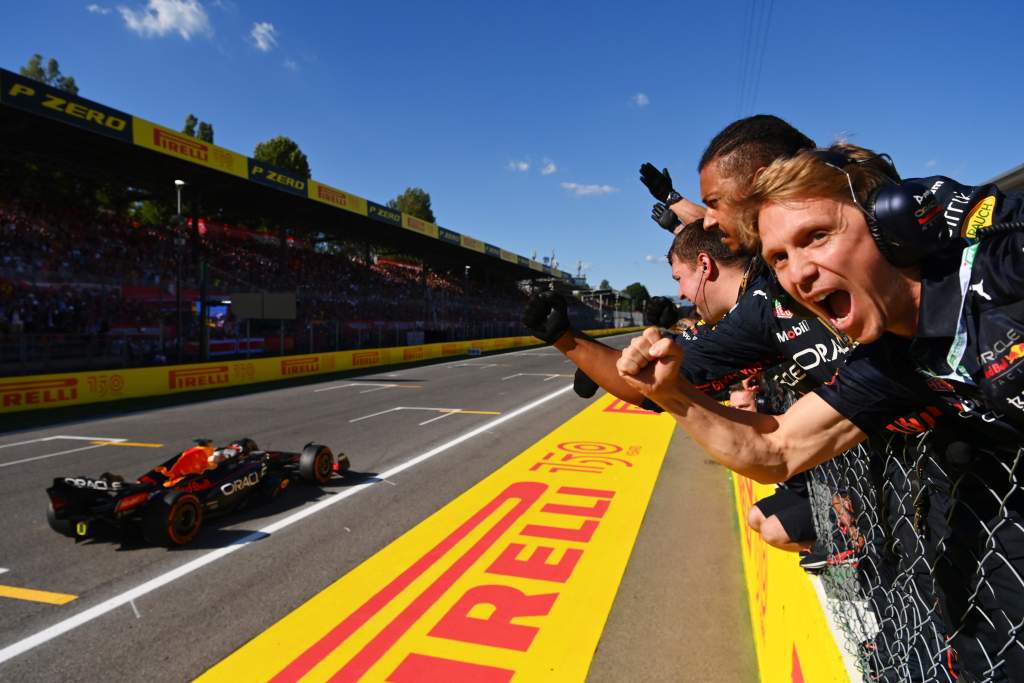Up Next

The way the Italian Grand Prix finished, and more pertinently the reaction to it, is a revealing counterpoint to what happened in Abu Dhabi last year in terms of the driving forces behind what happened and the way the regulations work.
Social media was flooded with howls of derision about the length of time it took to clear Daniel Ricciardo’s stricken McLaren from between the two Lesmo corners, which effectively finished the race. That left those anticipating a short, sharp shootout disappointed, triggering the usual conspiracy theories from those who felt the safety car period had been deliberately extended to allow Max Verstappen and Red Bull to close out victory.
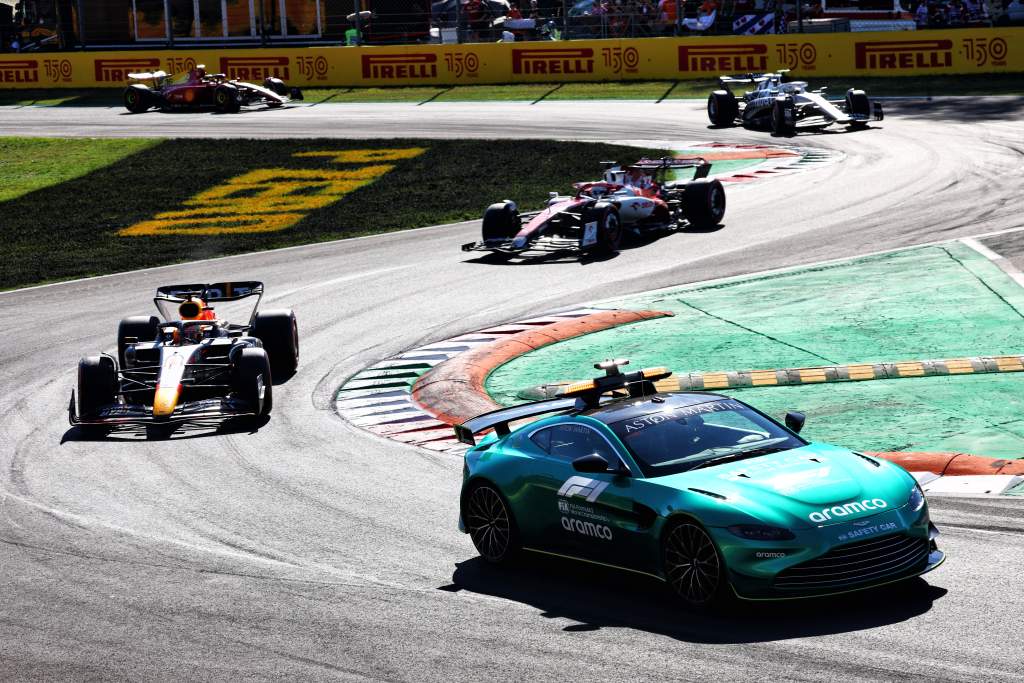
As has been well-established, the Italian GP finished with the regulations applied correctly, so this isn’t about revisiting that. It’s also not about raking over the coals of Abu Dhabi given what happened there is well-known in terms of the rules being disregarded. Instead, it’s about motivations and reactions.
What we saw at Monza was a version of the fallout that would have happened in Abu Dhabi had the race finished under safety car. There’s a natural feeling of frustration, of unfinished business, when a grand prix doesn’t finish under racing conditions and it was the desire to avoid such an anti-climax that was at the heart of the decisions made in Abu Dhabi. That it favoured or compromised one driver was not relevant – what F1 wanted was a racing finish fitting of the occasion. And that had far-reaching implications.
There already existed a tacit agreement that race control would do its best to ensure any race finished under green-flag conditions. The reasoning for that was simply to avoid the damp squib of a safety car finish.
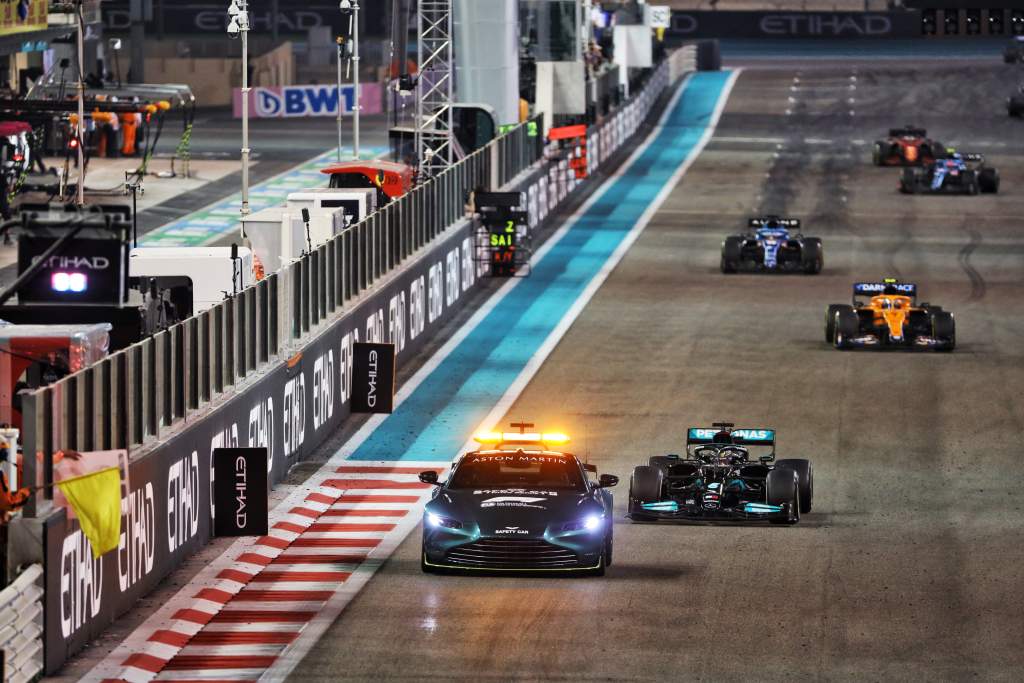
Had Abu Dhabi finished that way, the fallout would have been similar to Monza but multiplied. Let’s not pretend that there wouldn’t have been accusations of the safety car period being needlessly long to protect the position of Lewis Hamilton and Mercedes.
But there are other alternative versions of Abu Dhabi we could also consider. Many have argued that both the races at Monza last weekend and Abu Dhabi last December should have been red-flagged to ensure a racing finish.
The example often cited is the Azerbaijan Grand Prix in 2021, when a two-lap sprint from a standing start took place after the race was stopped.
The one difference there is that Verstappen’s car and significant debris were scattered across the high-speed straight, meaning that was a nailed-on race stoppage.
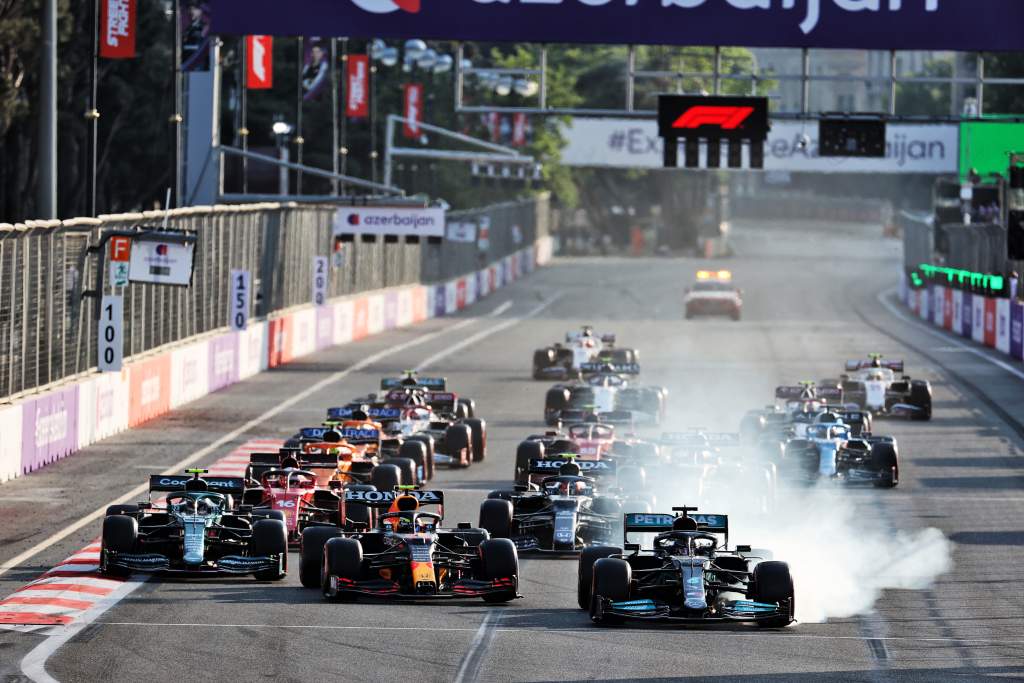
In both Abu Dhabi and Monza, a red flag was not necessary.
You can argue stopping the race would be pragmatic, but does that mean it was right? Suppose Abu Dhabi ’21 were red-flagged and the race staged over a few laps from a standing start. Many have argued it would be a more fair competition thanks to the chance for all to change tyres, but had Verstappen jumped Hamilton and won the race, there would have been complaints about whether the red flag was necessary. And there would be a legitimate reason for that, because it was an incident that was adequately covered by the safety car.
Likewise, had Charles Leclerc jumped Verstappen at a standing restart and won at Monza, there would be fury about Ferrari being allowed the chance to win a race it had been beaten in fair and square.
What Abu Dhabi and Monza reveal is that it’s a case of damned if you do, damned if you don’t. Any safety car period or red flag cannot fail to influence the shape of a race. The stakes vary, but race control’s decisions will create, or restrict, competitive opportunities in a different way for every competitor on the grid. And that brings us back to rules.
Incidents on track are responded to in the way race control deems appropriate. This ranges from a yellow flag all the way up to a race stoppage depending on the severity of the incident. While there’s no hard and fast rules on when a safety car is needed over a virtual safety car, or a red flag over a safety car, the deciding factor is safety. If a car can be recovered safely and hasn’t scattered too much of itself over a track then a safety car is probably enough. For multiple cars, extreme debris and track blockages, clearly a red flag is needed.
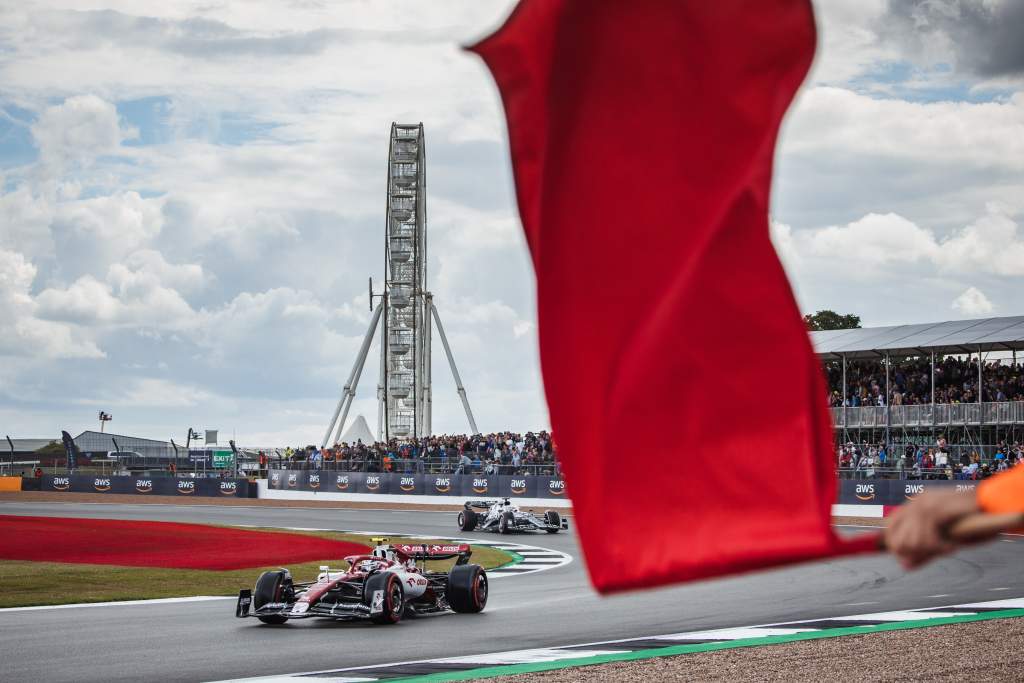
If we argue that either or both of Monza or Abu Dhabi should have been red-flagged, that puts a significant swing vote in the hands of race control. How close to the end of the race is too close? Give race control the authority to decide on interventions for competition reasons and you have big problems on your hands.
That’s what happened in Abu Dhabi and created all the fallout. Race control was more interested in ensuring a green-flag finish than in doing the job it’s there to do – and let’s not pretend the pressure didn’t exist for that with teams, drivers and pretty much everyone else having previously indicated their preference for races to finish under the green flag.
And as this is about rules, it’s in the regulations that the answer can be found. If F1 wants races to be stopped to avoid this happening, it’s necessary to create rules that state when this should or should not happen. So if there’s an incident that requires a safety car within a set percentage of the finish, it’s a red flag and restart. Everyone knows where they stand and race control can’t be accused of making a choice for any reason other than following the rules. It will still have the potential to swing a race for or against individual competitors, but that’s unavoidable when the need to neutralise a race arises.
There are other possible rules that could be used, but what is vital is they are set in stone and applied correctly. The desire to ‘give the fans what they want’ and have a racing finish is a reasonable one, but it’s open at worst to abuse and at best to misunderstanding and conspiracy theories.
Monza ’22 and Abu Dhabi ’21 are two sides of the same coin. And both point to the need for F1 to make a simple choice between changing the regulations to ensure a racing finish or simply accepting that, every once in a while, circumstances mean that a race will finish under the safety car.


